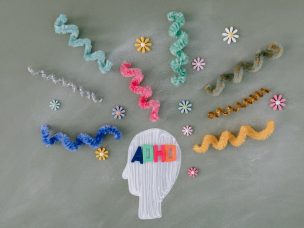The poster child for ADHD is a white kid, and usually a male one. However, this predominant image of ADHD exists not because white boys are more likely to have ADHD than other children. It exists because other children, especially children of color, are much less likely to be diagnosed with ADHD. This diagnostic disparity has adverse implications.
Not only are children of color less likely to be diagnosed with ADHD, but they are also less likely to receive treatment for ADHD, even when they have been diagnosed. By the eighth grade, Black students are 69% less likely, and Latinx students are 50% less likely to be diagnosed with ADHD. While 65% of white children diagnosed with ADHD take medication, only 36% of Black children and 30% of Latinx children diagnosed with ADHD take medication.
These disparities in ADHD diagnosis and treatment are problematic for children of color. Children with undiagnosed ADHD are more likely to have a mood disorder and exhibit risk-taking behaviors. Moreover, ADHD symptoms in children of color are often misconstrued as defiance and even violence. As a result, children of color with ADHD are at higher risk of experiencing systemic brutality and incarceration.
Addressing and eliminating racial biases are the most critical actions needed to reverse this trend of under- and misdiagnosis. Healthcare professionals tend to listen better to white and English-speaking families, which heavily disadvantages families who are not white and whose native language is not English.
Children of color with ADHD are also more likely than their white counterparts to be prescribed another medication for their symptoms instead of a stimulant. This mismanagement has bred distrust in communities of color, further marginalizing children of color with ADHD.
It will be no easy task to fix these problems of under- and misdiagnosis and mismanagement of ADHD in children of color. However, by increasing ADHD education and screening at schools with large minority populations, diversifying the healthcare professions, increasing medical interpretation services, and decreasing mental health stigma, children of color with ADHD may be able to receive equitable care [1].
Source:
[1] Frye, D. (2020, August 27). Children Left Behind. ADDitude. https://www.additudemag.com/race-and-adhd-how-people-of-color-get-left-behind/










